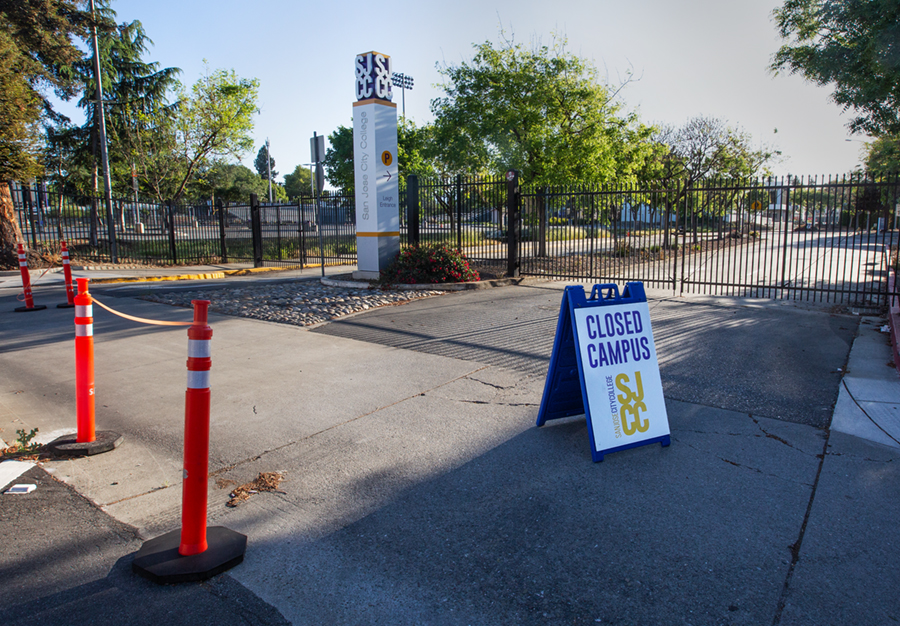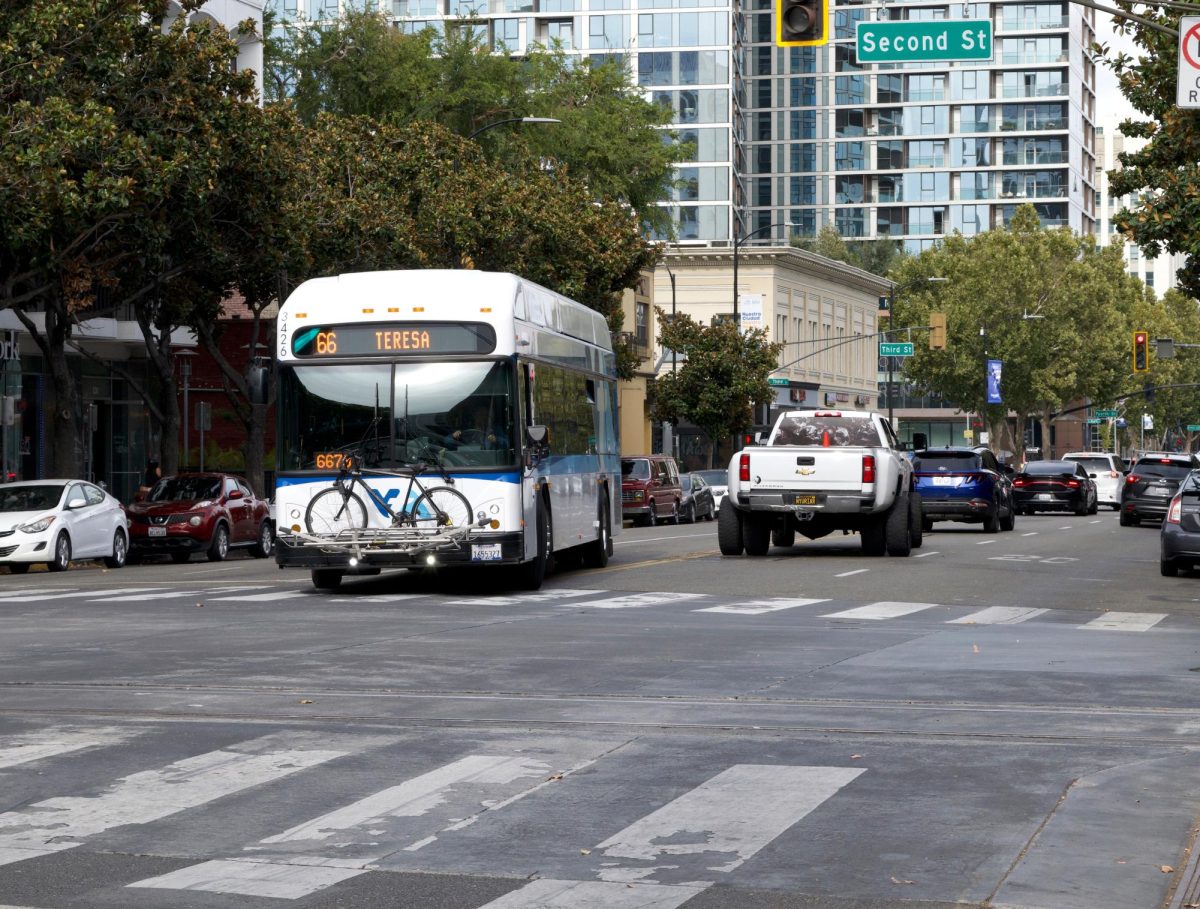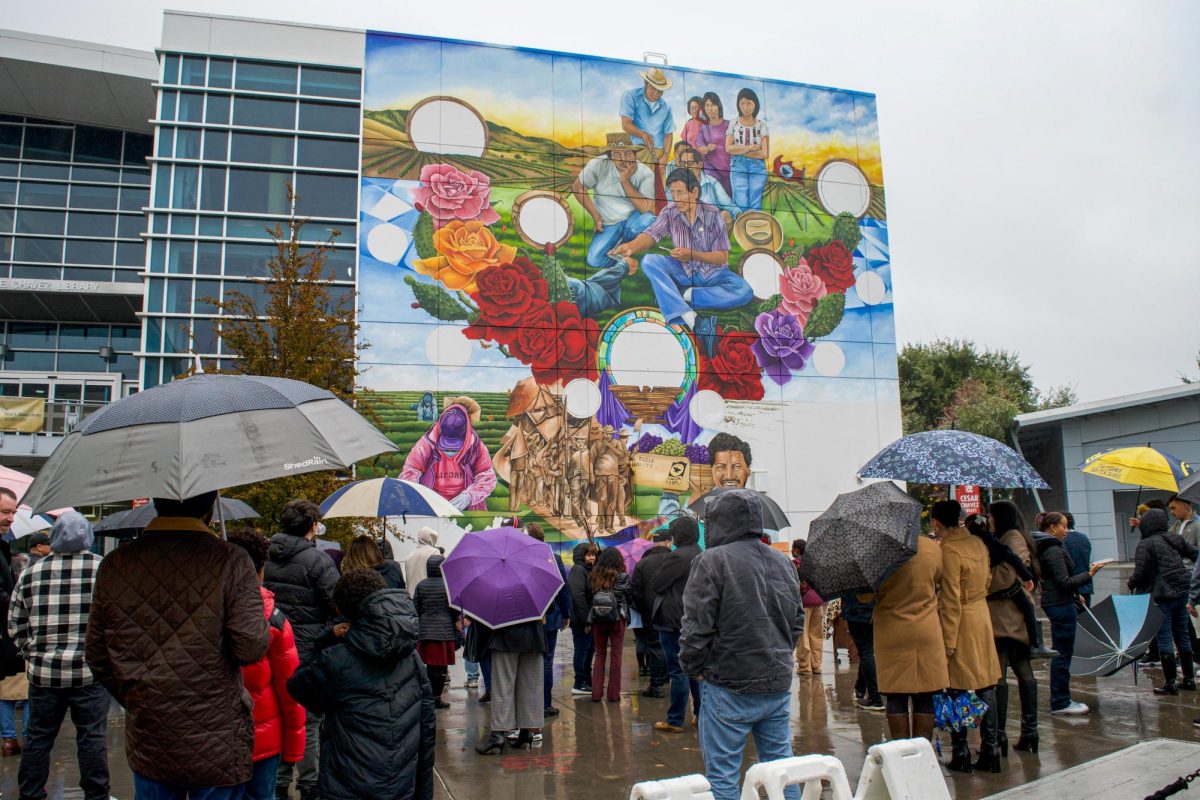The Byron Union School District in Contra Costa County announced July 10 that it would implement a “full distance learning model” for the 2020-2021 school year, which starts Aug. 10.
“We know this is a very stressful and uncertain time for our families and staff. Please know that we are committed to providing essential services to our Byron USD community,” said Byron Union School District Superintendent Dr. Reyes Gauna.
According to the California Department of Health, the recent increase of coronavirus cases in California will likely result in similar decisions by other school districts.
East Side Union High School District in San Jose made a similar call, and they based their decision on the district-wide survey and several virtual forums that they conducted.
“Forty percent to forty-eight percent of staff, students and parents are not comfortable attending in-person instruction, requiring us to examine the safest approach to the opening of our schools for the fall,” District Superintendent Chris Funk said.
The East Side Union High School District is located in Santa Clara County and is composed of 19 high schools with a combined enrollment of approximately 24,500 students.
“With the pandemic still raging across much of the country, it has become clear that improving the quality of online learning will be at least as important in the coming months as dealing with the logistics of reopening physical schools,” Shawn Hubler and Dana Goldstein wrote in The New York Times on July 13.
Parents like Olavy Rodriguez, 28, of Oakley are worried that schools do not have the resources or capacity to ensure that safety measures are in place to safeguard students.
“I think it is a great idea (online learning). Children do not understand the importance of social distancing,” Rodriguez said. “Their safety should be our priority.”
Mother of three school-age children Eva Rojas, 28, of San Jose, shared a similar opinion as Rodriguez..
“My children’s health is first. What is the use of them going to school if their safety is not guaranteed,” Rojas said.
Rosangela Martinez, 41 of Discovery Bay, California, said that she is concerned that her children’s education will be jeopardized. She urges school districts to implement a strategy for parents like her, whose primary language is not English.
“I want the teacher to record the lectures so that I can review them as many times as I need to,” Martinez said. “I want to help my daughter, but I am afraid that there is so much that goes beyond my capacity.”
Carlen Crespo is a 35-year-old working mother of two school-age children who said that although distance learning is vital to preserving the safety of the children, complete isolation will harm them.
“Children already lack communication skills because of the digital world we live in,” Crespo said. “The social aspect of schools is important for their future, and children are losing out.”
At the same time, Crespo said that parents are left to make tough financial and academic decisions, and many will have to resign from their jobs or drop out of school to care for their children.
“I work for the school district. The decision to go full distance learning might leave me out of a job,” Crespo said. “I am also a student. Now I have to reduce the number of classes I can take or put a hold on my education because my children’s education comes first.”
Crespo said that having to educate children at home is too much to take for a parent lacking teaching skills.
“The school’s district should hire more teachers. I expect teachers to be approachable, answer questions and dedicate time every day for each student,” Crespo said.
Unathi Zibi, a 32-year-old resident of San Jose and mother of two children, said that to overcome these challenging times, we need to work together.
“This is a group effort. The community needs to work together,” Zibi said. “Employers need to be flexible, allow their employees to work from home and understand when a child makes noise in the background.”







